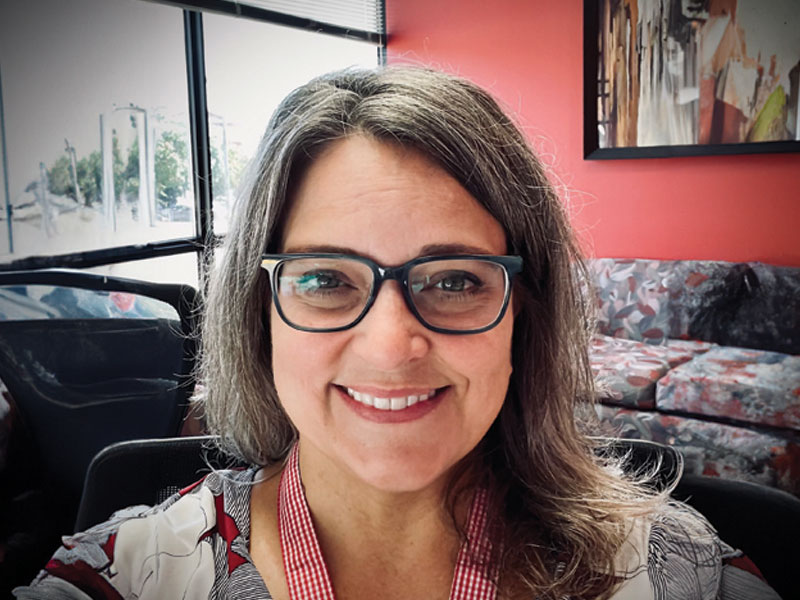Throughout my years in clinical research, I have always been focused on process improvement and efficiency. As someone who works at a research site, it has not always been possible to focus on commercial technology. Traditionally this has been sponsor-driven. However, things began to change in 2005 when I became part of a central clinical research office at the University of Louisville. Suddenly, I had tens of projects to manage. It was obvious that I needed a database system to track projects and ensure that I kept them all in compliance and moving in the right direction.
As a result of this realization, I worked with my office to develop an in-house, home-grown system to track our projects and ensure compliance. Little did I know that the industry was also in the early stages of offering solutions for these needs. By 2009, I was presenting our system at national conferences as a best practice for site management. Our clinical trials management system (CTMS) became an essential part of our operations. The work that it performed based on programed functions gained us efficiencies that represented what we estimated to be three to four full-time employees.
While our CTMS was constantly being updated and improved over the years, we had some limitations with our system that could not be overcome. I began evaluating systems in 2016 and 2017 for some of the regulatory needs we had identified. Our office had grown our project load substantially by that time and were managing about 150-175 projects. Our CTMS did things that were specific to our needs especially in the billing compliance arena, so we decided that a commercial CTMS was not the right path for us to take.
However, even though our homegrown CTMS allowed us to post our currently approved study documents for use by the clinical team during the conduct of studies, it had limitations in the ability to get electronic signatures, route documents for review, track document status, and superseded documents, to name a few. I made the decision that to meet many of our needs, the best option was to enhance our toolbelt by implementing an e-Regulatory system to manage our Investigative Site Files and continue to use our own CTMS for project management.
Veeva SiteVault came at a crucial time in our operations in the University of Louisville Clinical Trials Unit. We adopted SiteVault in November of 2019. Most of our new studies had been set up in SiteVault prior to March 2020 when we had to start working remotely during the COVID 19 pandemic lockdown. Our regulatory team was able to pivot to remote work and remote monitoring by April of 2020 almost seamlessly thanks to the release 2020R1 of SiteVault that added the Remote monitoring capability.
In the beginning of our use of SiteVault as an Enterprise customer, we had a somewhat customized environment. We had created many document types that did not exist in the system. However, over time we have become much more aligned with the standard configuration of the system as Veeva has listened to site customer needs and kept up with the necessary solutions. The features of the system speak to so many of our needs as a site. I will discuss a few below.
Now that we have returned to some version of normal in the research world, we still heavily rely on SiteVault as it has become an invaluable tool for participant engagement. We are beginning to utilize the eConsent function and sharing documents within SiteVault. I look forward to all the innovations that we will have in participant engagement within the system. Operationally, this was a big gap in our operations that the pandemic brought to light for us.
In addition, I cannot imagine that we would ever have a monitor on site for review of our regulatory documentation. This is a permanent change in our operations that makes us a much more efficient operation. Our monitors seem to have very few problems in accessing and navigating the system for their reviews. We provide minimal resources for training and thus far, have been very satisfied with the feedback on user experience. The ease of setting up accounts at the appropriate level of security and limiting the time of access are key components to ensuring the integrity of our documentation. SiteVault allows all of these capabilities with very little effort.
Regarding other areas for growth, digital delegation is one that we are currently exploring as a site. The capability in SiteVault is exciting for us as we have many staff spread across multiple facilities on campus. The Delegation of Authority Log has always been one of the most challenging pieces of documentation to obtain and maintain. I do have some concerns that sponsors will be reluctant to accept this form of documentation, but SiteVault also allows us to document examples of signatures. This should alleviate some of the hesitancy from the sponsor perspective.
We are also still trying to determine our best use cases for source documentation. Many of our studies have an extremely large volume of source documents for each participant. Organizing these in the system is challenging. We have digital as well as paper sources for information. Time for scanning and uploading are also barriers we must overcome. However, the reward will be that at the end of the study, archiving will be nothing short of miraculous in the simplicity we will experience.
In conclusion, my technological journey with site driven systems is far from over. I am sure that the industry and my site will continue to identify ways that we can innovate and become more efficient. I am very proud to have had the opportunity to be part of the leap forward in the utilization of technology at the site, and hope to stay in the forefront.


















